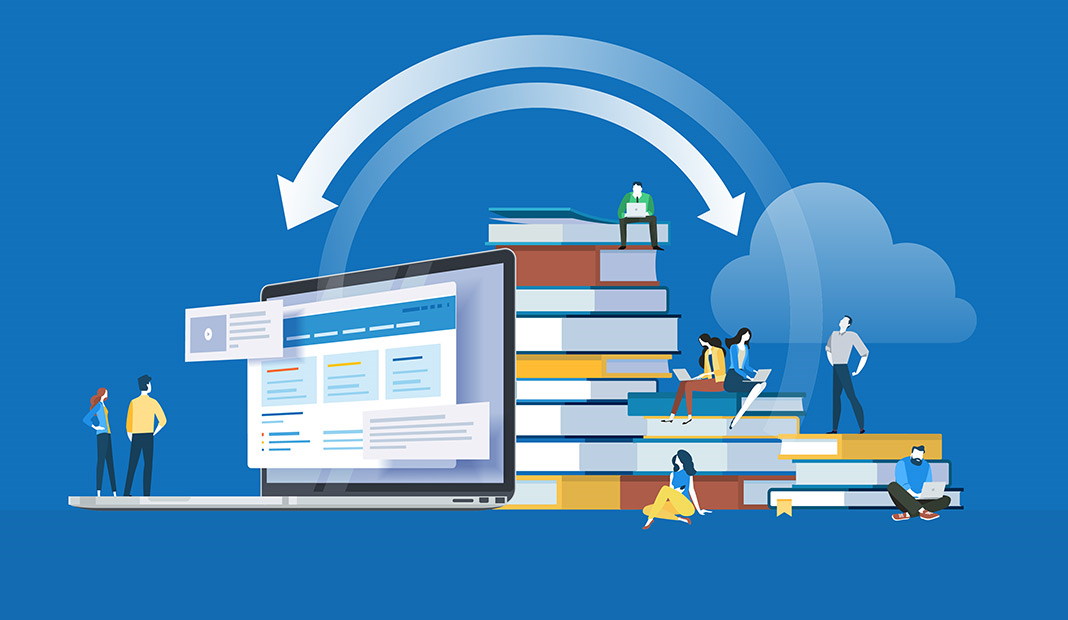Technology has had a significant impact on all aspects of education – from how people learn to how they revise and sit exams. Technology has made education far more accessible and enhanced the overall learning experience within educational facilities. Here are some key emerging tech trends in education:
Mobile learning
Online courses have been popular for many years and have made qualifications far more accessible and convenient. For instance, it is now possible to earn a graphic design degree online during your spare time or gain a more advanced qualification, such as a master’s degree or a doctorate. Online learning has evolved over the years, and many educational organizations now offer courses and educational materials that have been optimized to fit the smaller screens of smart devices. This allows students to access course material using their mobile phones and have greater flexibility to learn on the device of their choice.
Learning analytics
Businesses have been using analytics to gain valuable insight into their audience for many years. Education organizations are also starting to use learning analytics to better understand their students through surveys and other data collection methods. Having this valuable insight allows education establishments to customize their learning environments, engage students, and increase enrollment and retention rates. Learning analytics can also benefit students as they will have access to detailed information regarding their performance. Students can then use this information to enhance their learning style and work towards their educational goals.
Gamification
Gamification of learning has increased in popularity over the years due to its ability to motivate students and increase learner engagement. Gamification uses a variety of game elements in educational settings to help generate interest among learners, increase enjoyment, and encourage student participation. This may involve student leaderboards, educational video games, and rewards like stickers and badges. Students often become more active in classroom activities in the hopes of improving their rankings and classroom scores. Gamification incentivizes students to learn and can be used to create an interactive learning environment.
Social media
In today’s digital society, most people use social media channels like Facebook and Instagram. Educational providers have taken advantage of this trend and now use these media platforms to connect with their learners. For instance, many colleges now have Facebook groups where students can communicate with their peers and teachers. Students can use these groups to share ideas and learning materials and post valuable information. Research shows that when used appropriately, social media can improve student engagement and enhance the overall learning experience.
Digital content
Gone are the days where students would have to go to the library to learn and read essential course material. Nowadays, students can access a huge variety of digital content via high-tech learning spaces. This makes learning materials far more accessible and means that students can choose to study wherever they feel most comfortable. Learners also have access to a fantastic selection of educational media, including digitized books, podcasts, and online presentations.
Artificial Intelligence
Believe it or not, AI could soon become commonplace in the classroom. In the US, the AI market in the education sector is expected to be valued at close to USD 85 million by 2022. AI will become a major trend in the overall learning experience, as it can transform the way we learn with innovative systems that tailor learning based on the students. AI learning can be developed based on the individual’s ability and speed, meaning that no matter their limitations, they can find assistance.
AI systems can be used to enhance tutoring with personal education assistants, which in turn can:
- Answer questions from students,
- Offer assistance with learning or projects
- Augment adaptive learning features depending on the student’s ability
Immersive Learning
Augmented Reality (AR) and Virtual Reality (VR) are generally associated with gaming, but they could soon become hugely influential in the education sector. They make the learning experience more immersive.
The difference between the two is as follows:
AR – the combination of computer-generated information with the real-world environment.
VR – creates an artificial environment.
Students can literally bring their textbooks to life thanks to AR-enabled textbooks. These textbooks are created when digital publishers include AR features to their books. Using AR apps on their phones, students can become more immersed in their textbooks – if the books have been AR-enabled. When a smartphone is pointed at a page in the book, the app reads the page and displays that extra content on the phone screen. This could be a picture, an audio clip, or even an animation.
Teachers will also be spared from having to source video materials for their lessons; with AR-enabled textbooks, reading will become an audiovisual experience that completely changes the way that people learn. Imagine 3D images stepping off the page, making it seem like the illustrations have been brought to life. That could very well become our new normal, especially with the developments in AR and VR being made.

